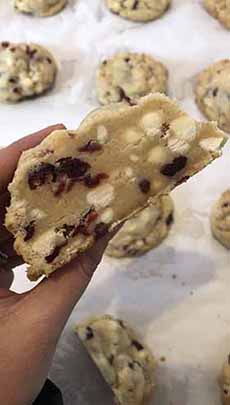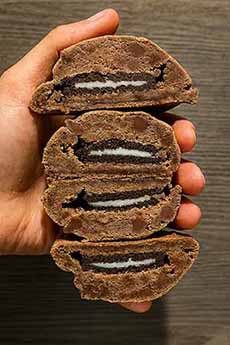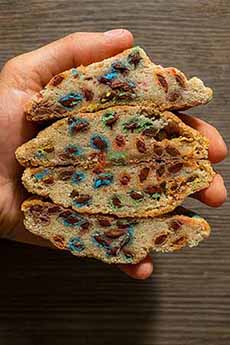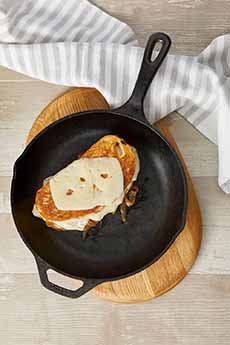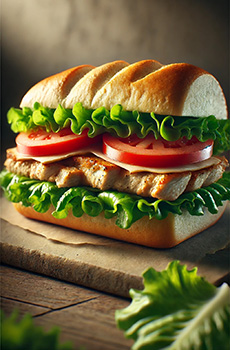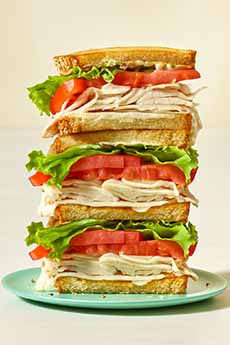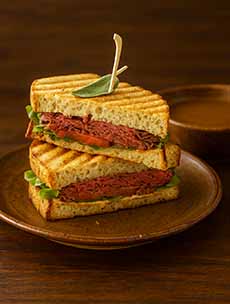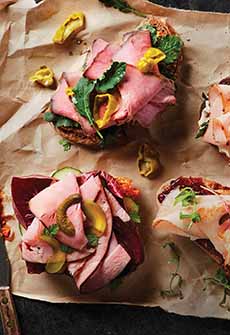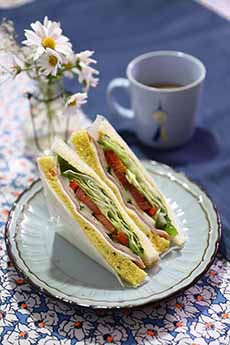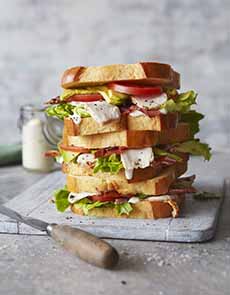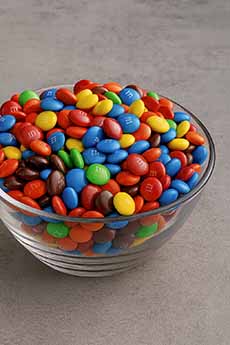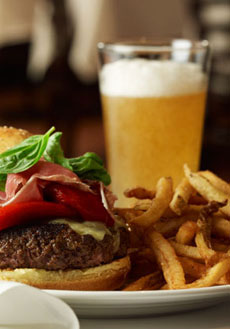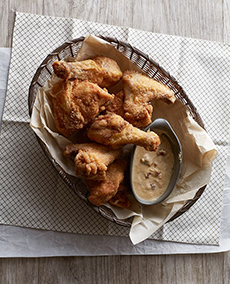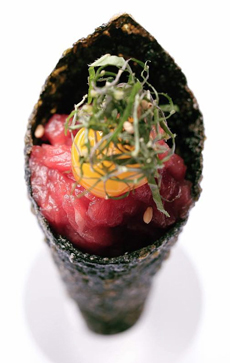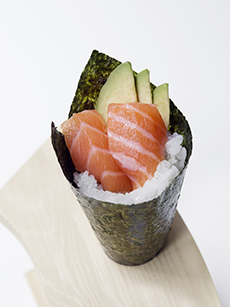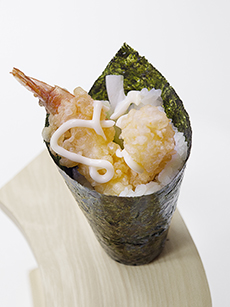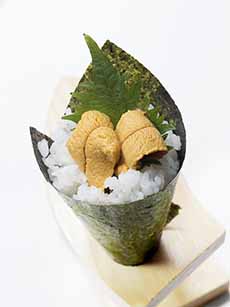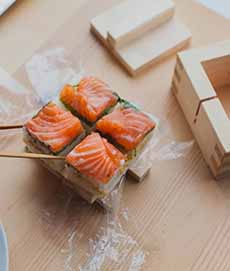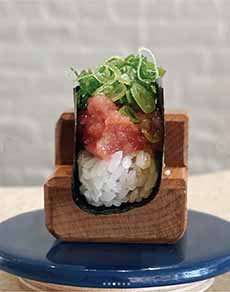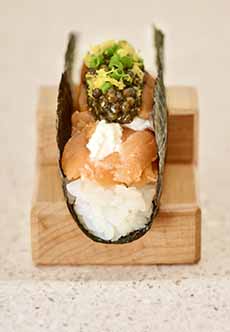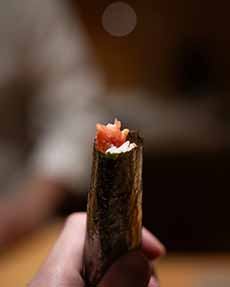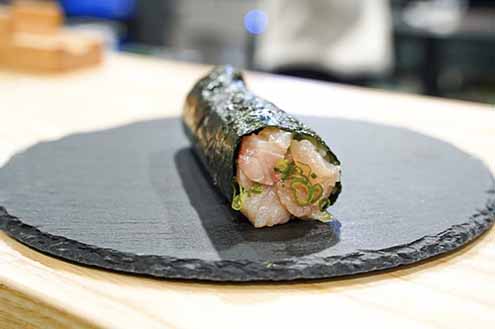|
If you’re a fan of goat cheese—chèvre, in French—you’ve likely come across flavored varieties. It’s pretty easy to find blueberry in the summer, cinnamon in the fall, cranberry for the holidays.
Wisconsin-based LaClare Creamery is a goat cheese specialist with the most impressive (and delicious) assortment of flavors we’ve seen. The choice of 4-ounce logs (also referred to as “cheese bars”) is daunting: We want them all!
But because four ounces is a small enough bite, we can content ourselves with three or four different flavors, and hopefully not finish them all in one day. (See the anecdote in the footnote*).
Apple Cinnamon
Blueberry Vanilla
Rolled Blueberry Vanilla (rolled in a layer of dried blueberries)
Chipotle Honey
Cranberry Cinnamon
Rolled Cranberry Cinnamon (rolled in a layer of dried cranberries and cinnamon sugar)
Everything Bagel
Fig & Honey
Garlic & Herb
Honey
Lemon Bar, with a delicious Lemon Cheesecake Bar recipe below and photo #5
Maple Bourbon
Mediterranean (with olives, herbs, and spices)
Pumpkin
Truffle
Plus, of course:
Original Goat Cheese
When you have customers demanding 15 flavors of goat cheese in addition to the original, you know you’re doing something right.
The latest to debut is Lemon Bar Goat Cheese, a bright, sophisticated treat that’s as wonderful as an hors d’oeuvre, a salad cheese, a member of the cheese plate, or a dessert in of itself.
LaClare conceived it as a play on the nostalgic American lemon bar—without the shortbread crust.
But wait: We have a recipe for you goat cheese lemon cheesecake bars with a shortbread crust (below).
And if you don’t want to bake, just serve shortbread cookies with the cheese log.
TASTING LEMON BAR GOAT CHEESE
This citrus-forward twist on creamy chèvre is elegant enough to make guests feel that you made a special effort, yet easy enough for everyday breakfast, lunch, dinner, and snacks.
It’s the first lemon goat cheese we’ve ever tasted, and it does not disappoint! Vibrant and zesty, it’s flavored with fresh lemon peel (zest) and lemon oil (from the peel), with a subtle hint of vanilla.
Smooth and spreadable, yet firm enough to slice into rounds atop a salad, burger, pasta, sandwich,__ Adaptable: Easy to incorporate into sweet and savory dishes
The flavors pair beautifully with sparkling wines (Moscato, Prosecco) and lighter beers like Kölsch, wheat ales, or pale IPAs.
Following the recipe for Lemon Cheesecake Bars, we have many more suggestions on how to enjoy it.
RECIPE: LEMON CHEESECAKE BARS
You can substitute all goat cheese in the cheesecake layer (replacing the cream cheese) for a tangier bar.
Meyer lemons, available fall through spring, will provide a slightly sweeter and floral lemony flavor.
Ingredients For 16 Bars
Total time is 4 hours, including chilling.
For The Shortbread Crust
1 cup (125g) all-purpose flour
1/4 cup (50g) granulated sugar
1/4 teaspoon salt
1/2 cup (1 stick / 113g) unsalted butter, cold and cut into cubes
For The Cheesecake Layer
8 oz (226g) cream cheese, softened
4 oz (113g) fresh goat cheese (e.g., LaClare Lemon Bar Goat Cheese or plain)
1/3 cup (67g) granulated sugar
1 large egg
1 teaspoon vanilla extract
Zest of 1 lemon
For The Lemon Curd Topping
3 large egg yolks
1/2 cup (100g) granulated sugar
1/4 cup (60 ml) fresh lemon juice (about 2 lemons)
1 tablespoon lemon zest
4 tablespoons (56g) unsalted butter, cut into pieces
Optional garnish: powdered sugar, microgreens (basil or lemon thyme), candied lemon zest (recipe below)
Preparation
1. PREHEAT the oven to 350°F (175°C). Line an 8″x8″ baking pan with parchment, leaving overhang on two sides.
2. MAKE the shortbread crust. In a bowl, mix flour, sugar, and salt. Cut in the butter using a pastry cutter, two forks, or fingers until the mixture resembles coarse crumbs.
3. PRESS the crust firmly into the bottom of the pan and bake for 18–20 minutes or until lightly golden. Let cool slightly.
5. PREPARE the cheesecake layer. Reduce the oven to 325°F (160°C). Beat cream the cheese, goat cheese, and sugar until smooth. Add the egg, vanilla, and lemon zest. Mix just until combined and pour over the cooled crust and smooth the top.
6. BAKE for 20–25 minutes, or until set but slightly jiggly in the center. Cool to room temperature, then chill at least 1 hour.
7. MAKE the lemon curd. In a small saucepan, whisk together the yolks, sugar, lemon juice, and zest. Cook over medium-low heat, whisking constantly, until thick enough to coat a spoon (about 6–8 minutes).
8. REMOVE from the heat and stir in the butter until melted and smooth. Optionally, for a silky texture, strain the curd through a fine mesh sieve.
9. LET the curd cool slightly, then spread it gently over the chilled cheesecake layer. Chill for 2–3 hours or until fully set.
10. GARNISH as desired. Cut into 16 chilled bars using a sharp, warm knife. The bars are best served cold, and will keep in the fridge for up to 5 days.
RECIPE #2: CANDIED LEMON ZEST
Use this recipe to make any candied citrus. The difference between candied zest and candied peel is that zest is a thinner strip.
Ingredients
Zest from 1–2 lemons (in long strips or thin strands)
1/2 cup (100g) granulated sugar
1/2 cup (120ml) water
Additional sugar for coating
Preparation
1. WASH and pat dry the lemons. Use a vegetable peeler or paring knife to remove long strips of zest, taking care to minimize the amount of bitter white pith. (You can scrape the back of the peel with a knife to thin it.)
2. SLICE the peel into fine julienne strips. You’re now ready to blanch the zest. Some people skip this step, but if you have the time, you’ll eliminate any bitterness. You can also make the zest a day or so in advance, if that’s more convenient.
3. BRING a small pot of water to a boil. Add the zest strips and boil for 1 minute. Drain and repeat once more to remove any bitterness. Pat dry with paper towels.
4. CANDY the zest. In a small saucepan, combine 1/2 cup water and 1/2 cup sugar. Bring to a simmer, stirring until sugar dissolves. Add the zest and simmer over low heat for 10–15 minutes, until translucent.
5. DRY the zest. Using a slotted spoon, transfer the zest to a wire rack or parchment paper. Let it cool and dry for 30–60 minutes. Then, optionally toss it in a bowl with granulated sugar to achieve a sparkly coat (you can eliminate this step, but we like the sparkle).
SAVE the lemony syrup for cocktails, lemonade, tea, flavored club soda, baked apples, etc.
6. STORE the candied zest in an airtight container for up to 1 week at room temperature. If sugared, keep it in layers separated with parchment to avoid clumping.
|
|
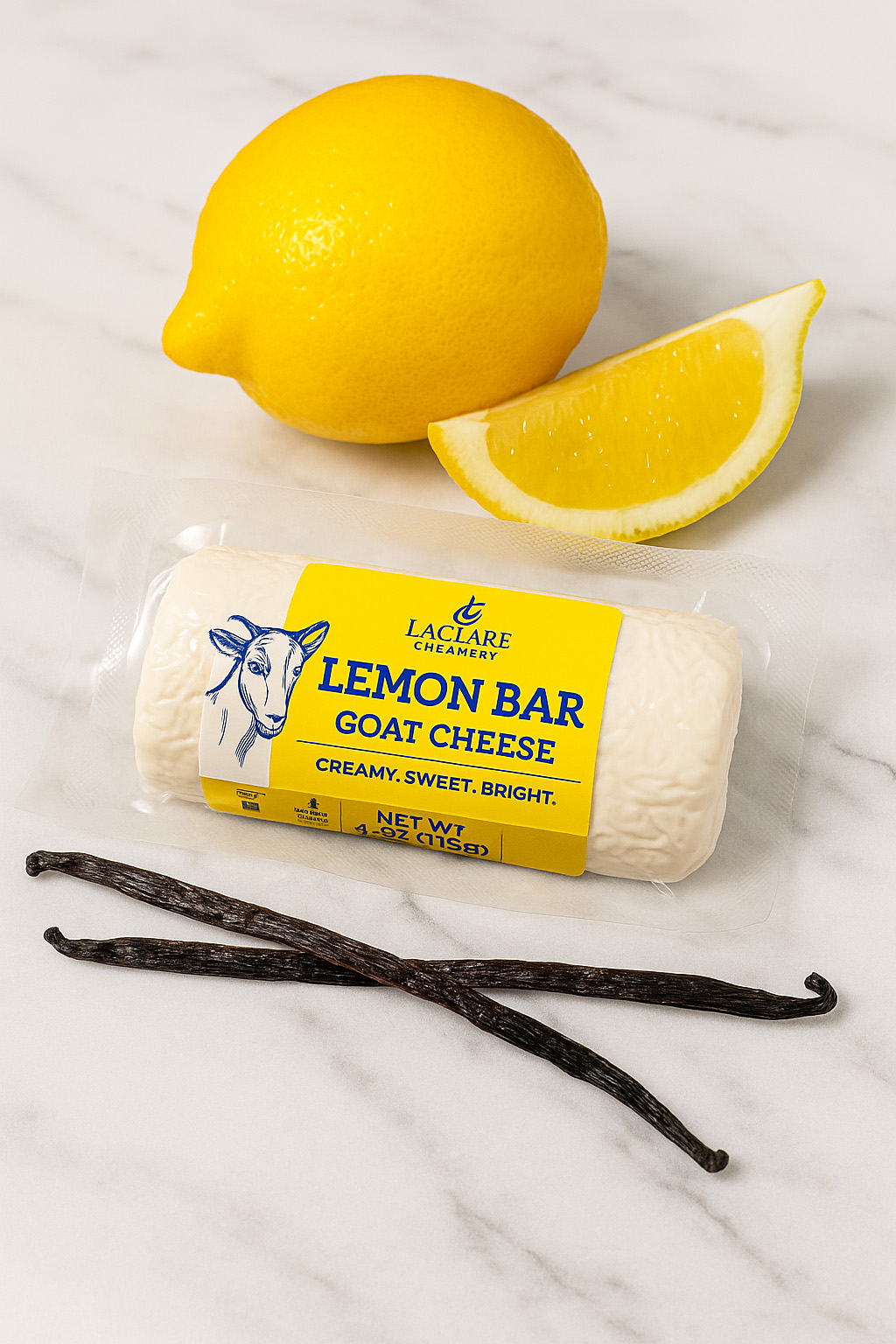
[1] The newest of 15 goat cheese flavors from LaClare Creamery: Lemon Bar goat cheese (photo by A.I).
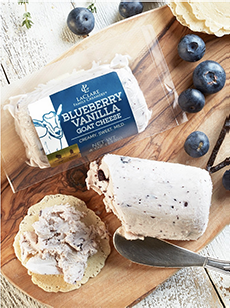
[2] Blueberry Vanilla goat cheese (all photos © LaClare Creamery except as noted).

[3] Everything Bagel goat cheese.
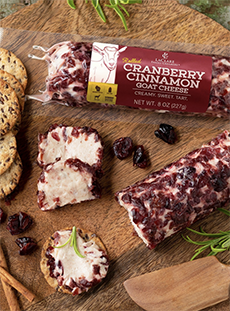
[4] Cranberry Cinnamon goat cheese.
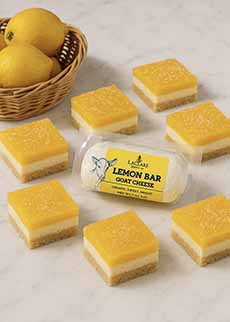
[5] Lemon Goat Cheese Cheesecake Bars (photo by A.I.).
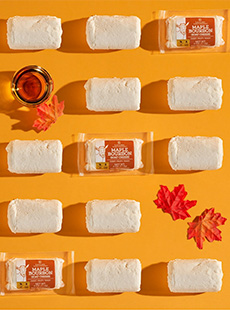
[6] Maple Bourbon goat cheese.

[7] In front, a Nubian goat, with her friend, a Saanen goat, behind. Ladies, thanks for all the great cheese.
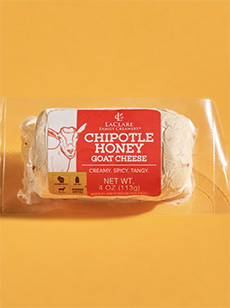
[8] Chipotle Honey goat cheese.
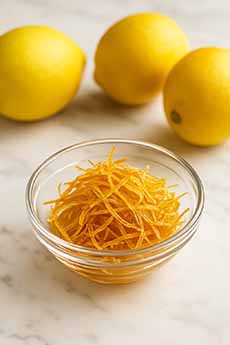
[9] Candied lemon zest (photo by A.I.).
|
